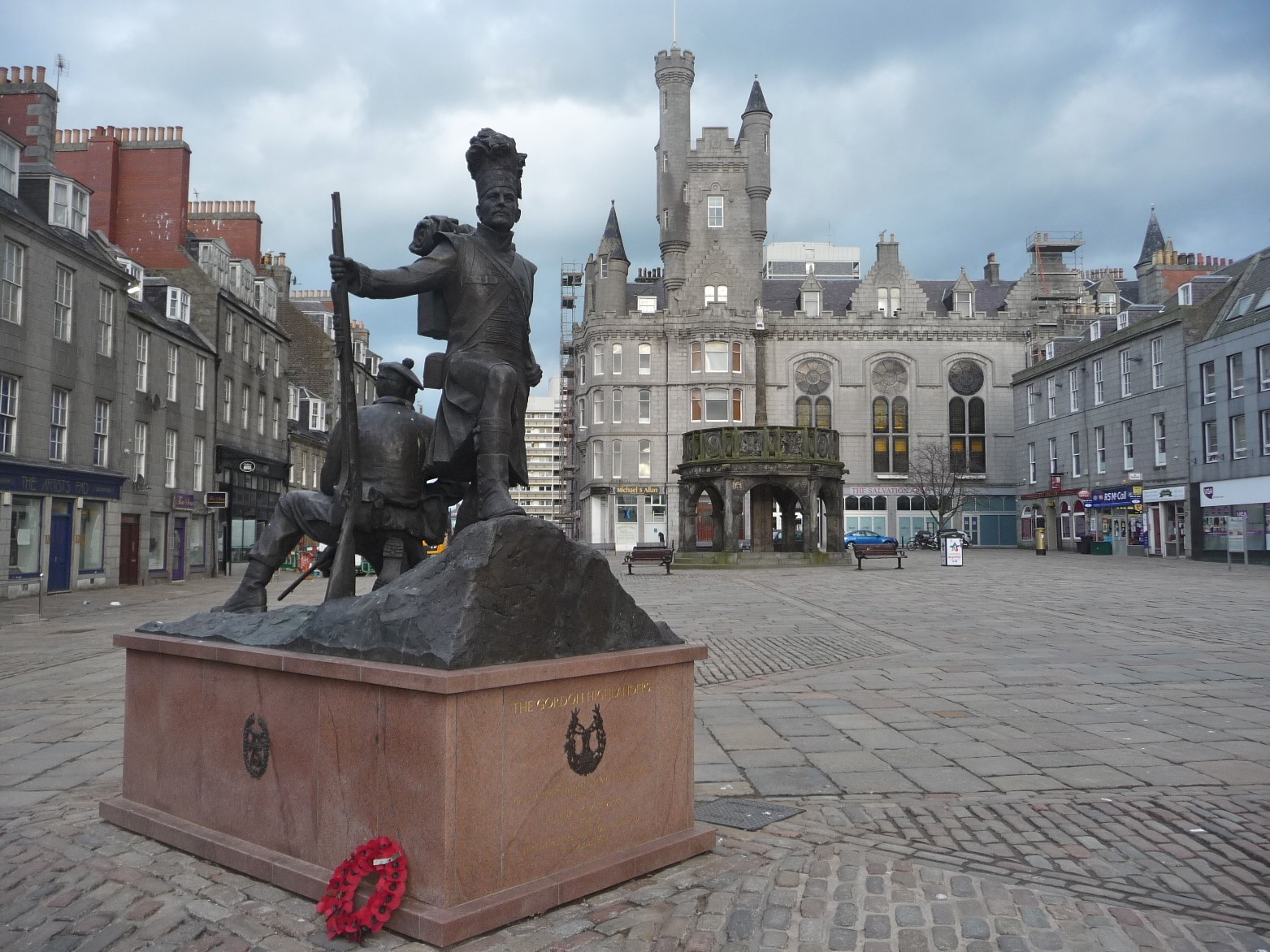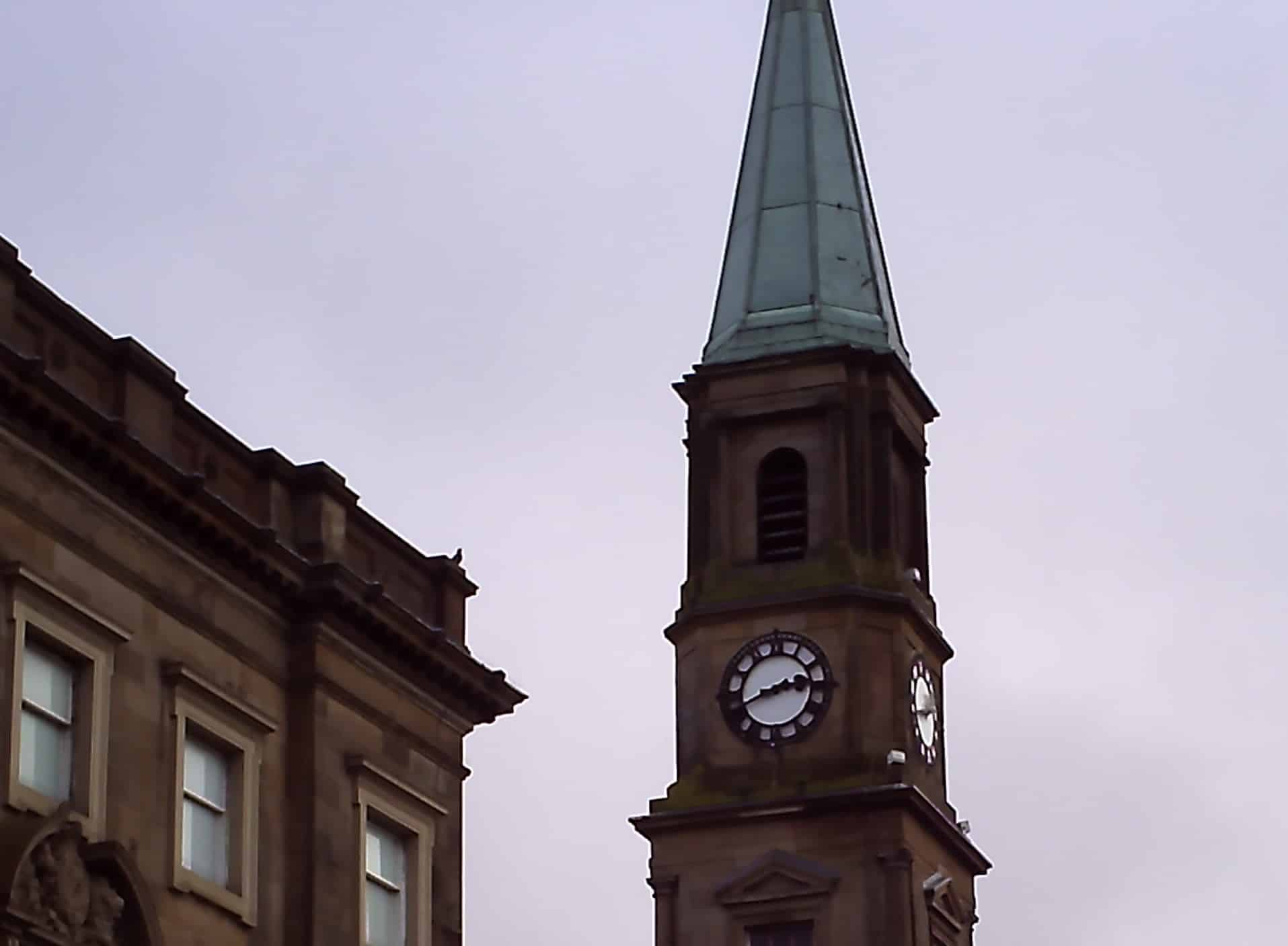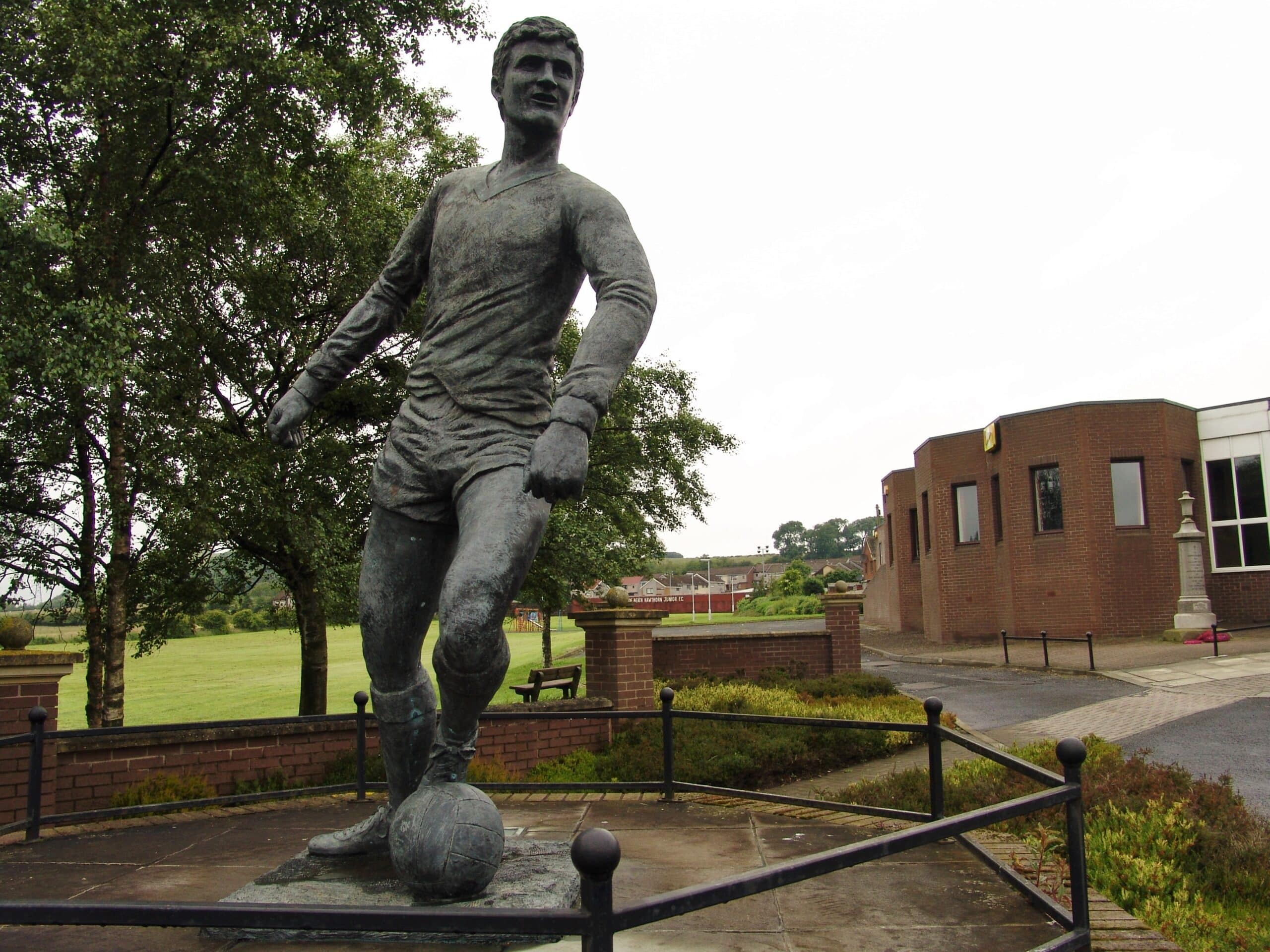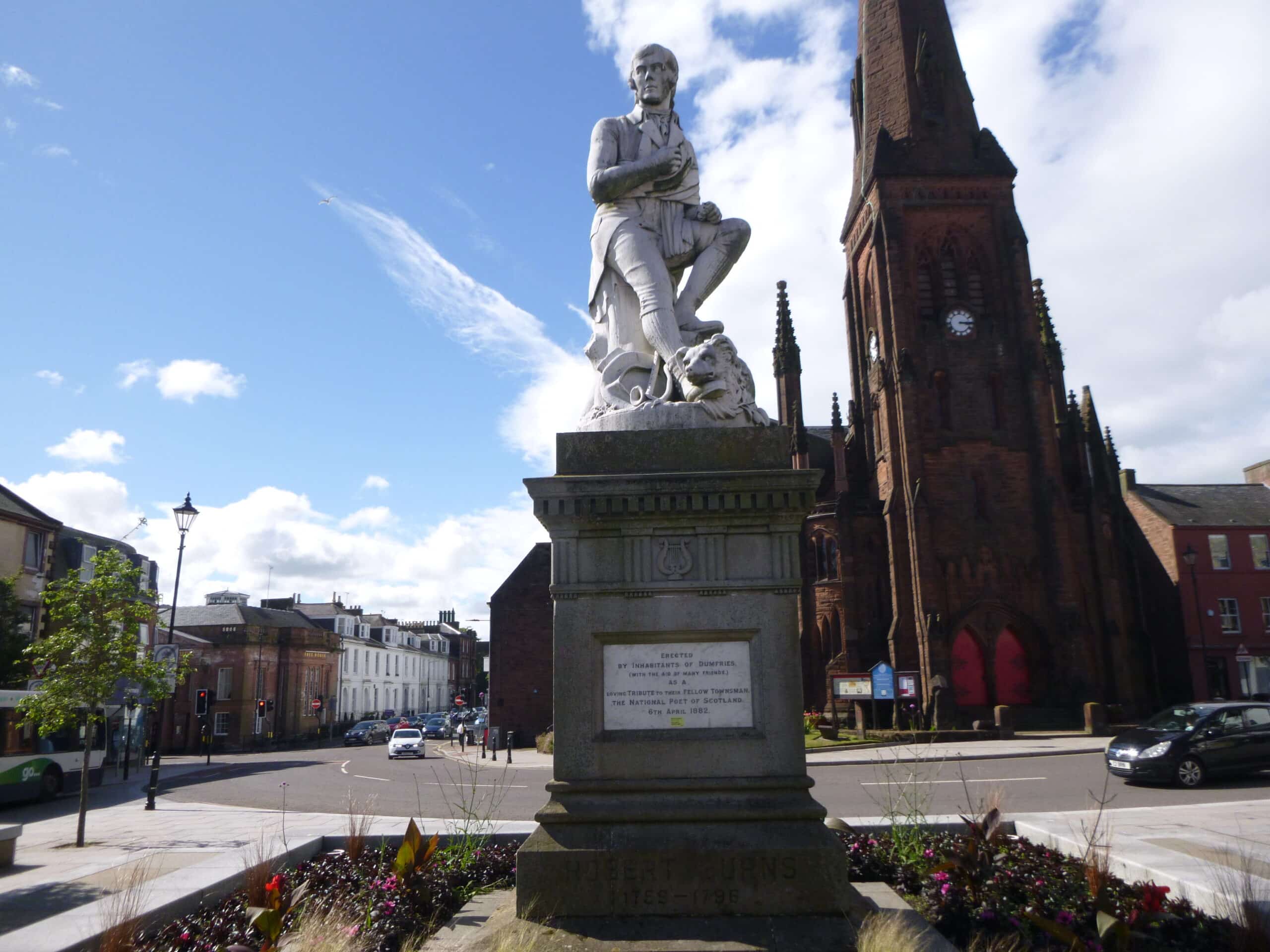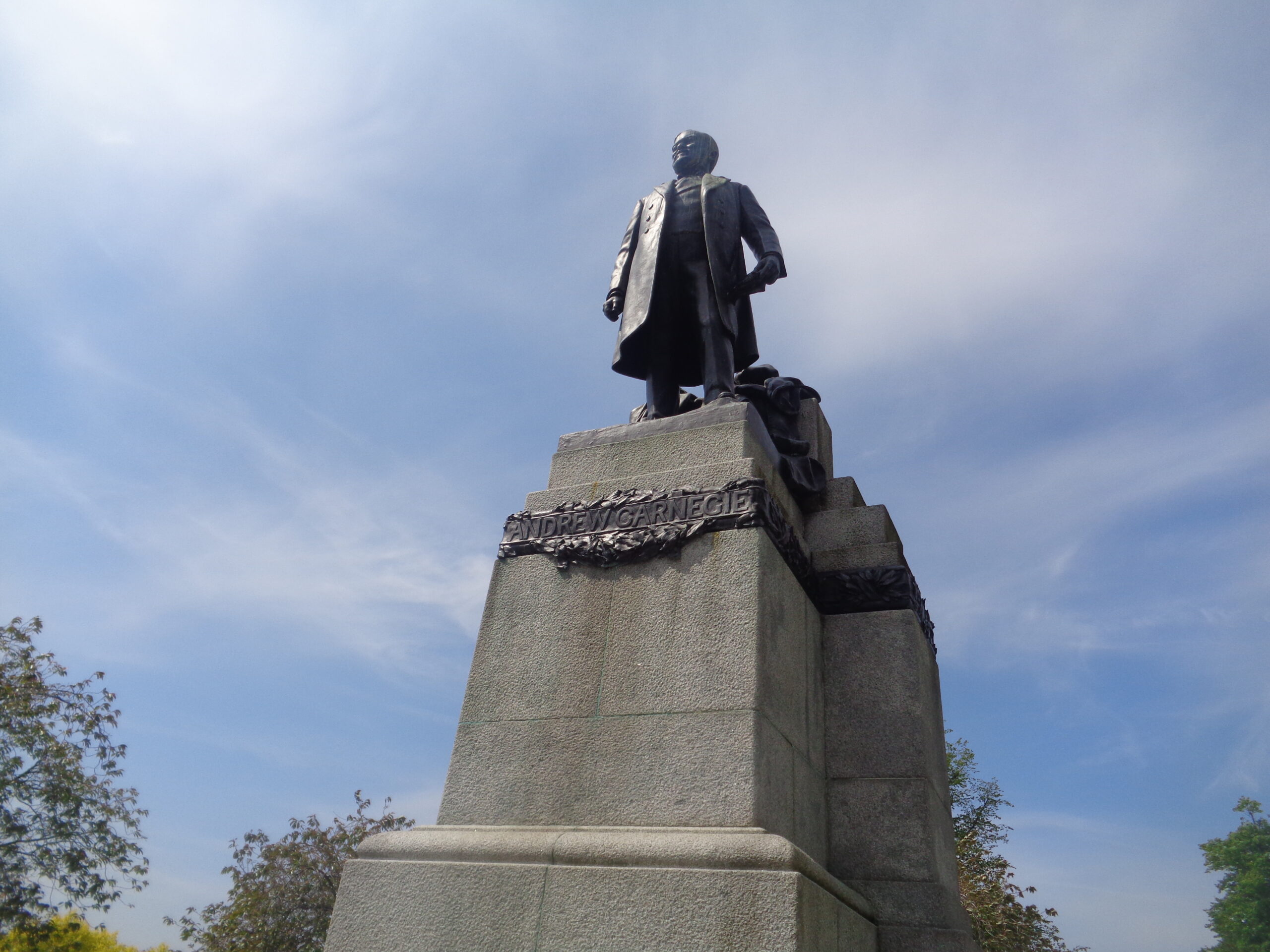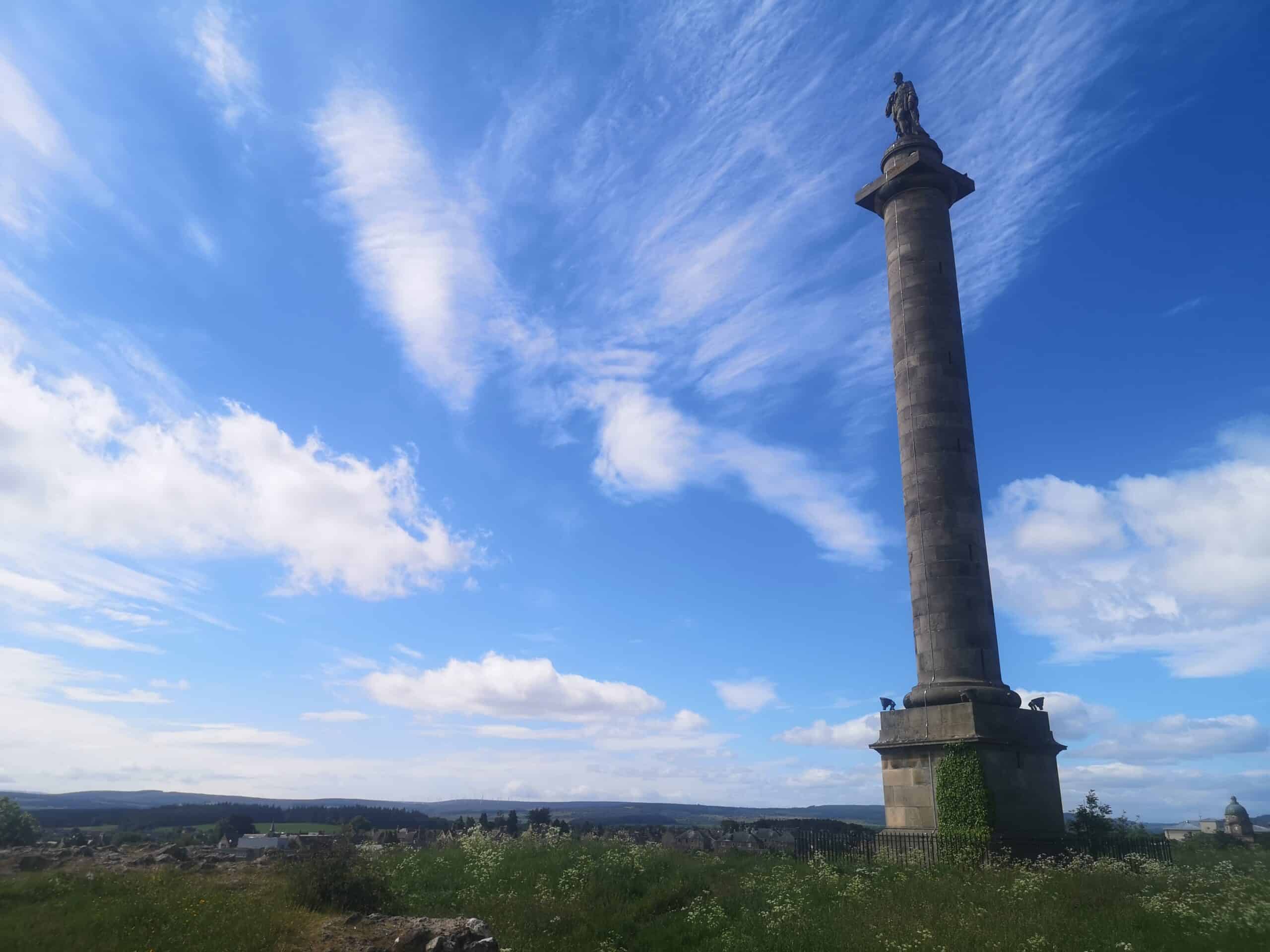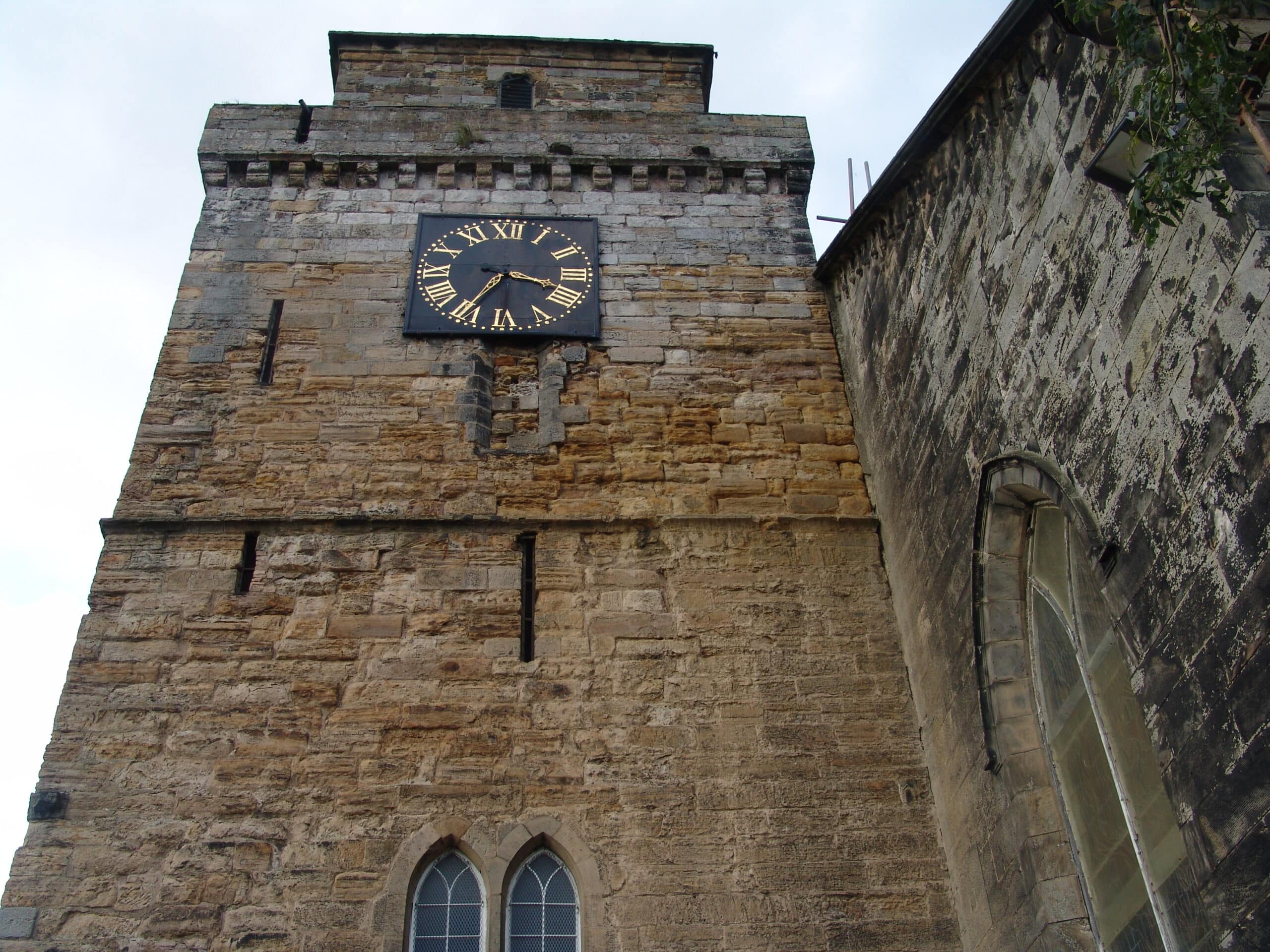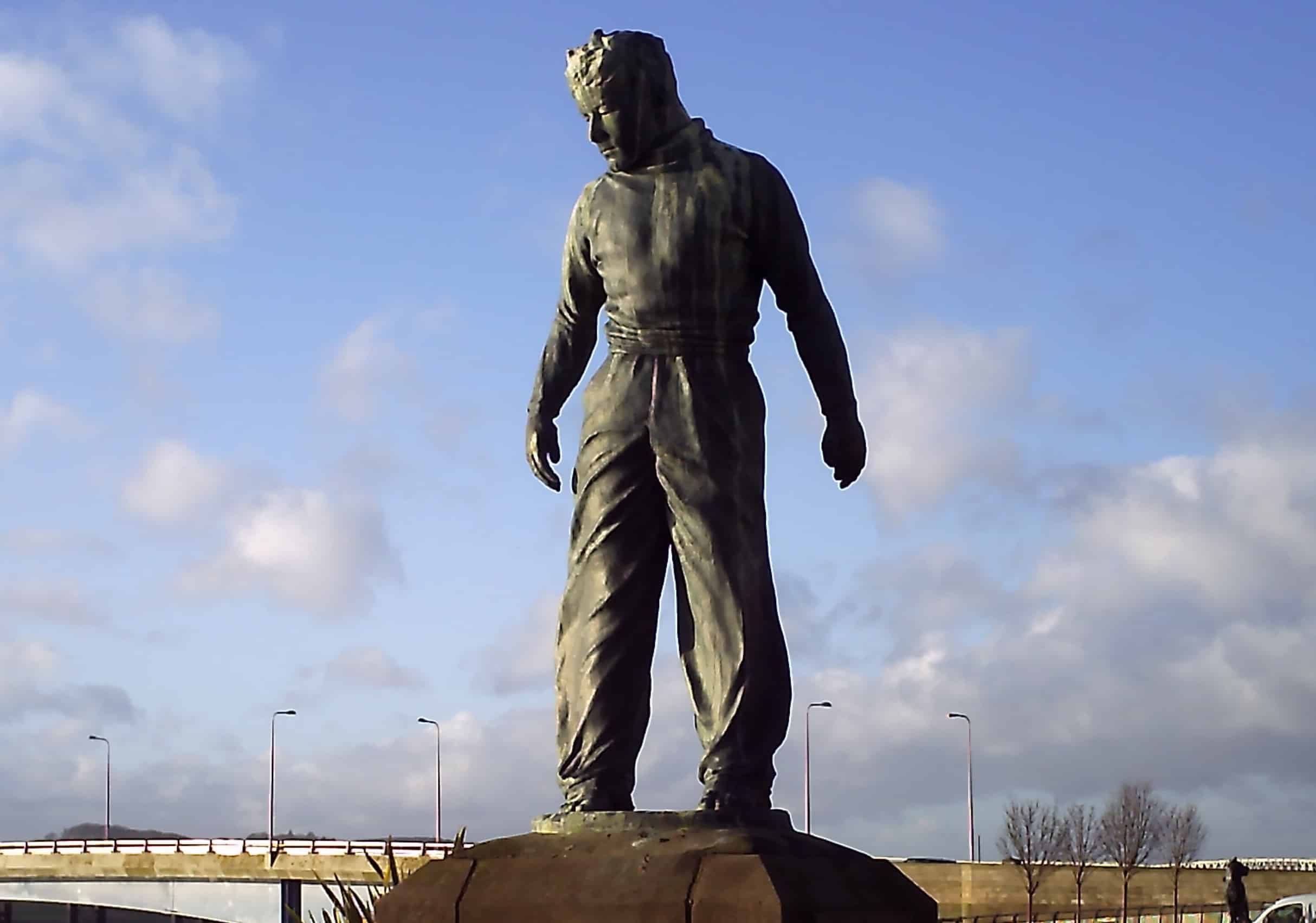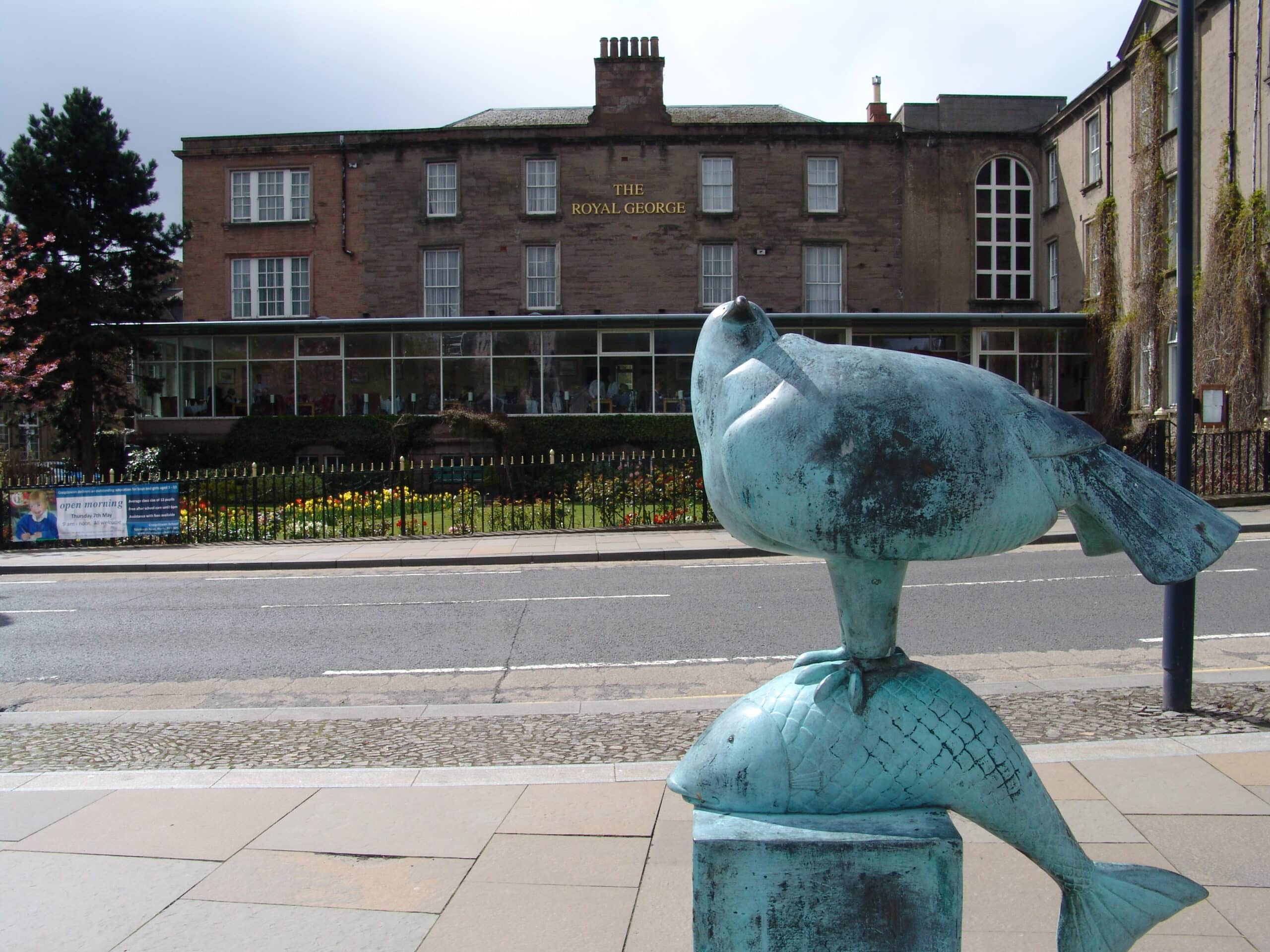Teams, tales and tips – a guide to the local game
The Highland capital of Inverness, the northernmost city in the United Kingdom, is traditionally known for bagpiping and tossing the caber. Top-flight football is by no means equally deep-rooted. It dates back to 2004, in fact, exactly a decade after Inverness Caledonian Thistle were formed from the merger of Caledonian FC and Inverness Thistle.
Both these Highland League clubs had been founded back in 1885. Caledonian, in blue, based at Telford Street Park by the Caledonian Canal, were the most successful club in the Highland League. Of their 18 titles, the 1982-83 championship was won without a single defeat. A decade later, shortly before the merger, ‘Caley’ made it to the Fourth Round of the Scottish Cup.
Their local rivals Inverness Thistle, in red and black, played at Kingsmills Park. Winners of the Highland League eight times, including the inaugural one in 1894, the Jags lost out on a place in the Scottish League in the early 1970s by one vote to another Thistle, Ferranti, from Edinburgh. The club’s remote location, more than 250km by road from the capital, probably counted against them.

The Jags remain revered, however. Though their ground was also demolished soon after the merger of 1994, the street on which it stood was renamed Kingsmills Park. Its floodlights and home stand were re-erected 166km even further north to Wick, where they stand today as part of Harmsworth Park, home of Wick Academy, the most northerly side in the Highland League.
Also very much alive is the Corriegarth, the pub so close to the Kingsmills Park ground that fans would dash out for a crafty pint at half-time and back again. Today it serves as both a gastropub and superior B&B.
Not surprisingly, after a century of clashes in the Highland League and North of Scotland Cup, the idea of a merger between the two clubs was not a popular proposal. Thistle were long established in the area of Inverness known as Crown – in fact, Crown FC, who won the inaugural North of Scotland Cup shortly before merging with the Jags in 1889. Caledonian were located on the other side of the Ness.

But the chance to join the Scottish League in 1994-95 was one too good to pass up, even for two clubs with such pedigree and success outside of the professional mainstream. When both were led to believe that their separate claims for one of two places on offer would meet with approval should they merge into one, Caledonian Thistle, later Inverness Caledonian Thistle, were created.
Caledonian provided the ground, Telford Street Park, and the nickname, Caley. Thistle provided a lively fan culture.
Two years later, the new club had a new ground, up by Kessock Bridge overlooking the Moray Firth: the Caledonian Stadium, later also given the name Tulloch after the local construction company responsible for it.


ICT rose from the Third Division in 1996 and from the Second in 2000, the same year the club achieved nationwide fame thanks to a 3-1 Scottish Cup win over Celtic in Glasgow – and thanks to the headline it inspired in the next day’s Sun newspaper, Super Cally Go Ballistic…
Top flight every season but one from 2004 to 2017, Thistle even made Europe in 2014-15.
Back in 1994, the other league place went to Ross County, local rivals from Dingwall 25km away. Thus was born Scotland’s own El Clásico, the Highland Derby of El Kessocko nicknamed after the bridge that links its two rivals across the firth. Set where the River Ness empties from the famous Loch of the same name, Britain’s northernmost top-flight local has been a Premiership fixture for every season but one since 2012.
Finally, another club as well as Caledonian and Thistle were formed in Inverness in 1885: Clachnacuddin. Winners of the Highland League as many times as Caledonian, the Lilywhites remain fifth flight and based at Grant Street Park, close to the former Telford Street ground of the 18-time Highland champions.
Getting Around
Arriving in town, local transport and tips


Inverness Airport, 13km (eight miles) north-east of town, serves several UK destinations, Amsterdam and Mallorca. The 11/11a Stagecoach bus runs to Inverness bus station (£6 on board, £8.70 DayRider for Inverness) every 30mins-1hr.
A train runs roughy every hour from the station just outside Inverness airport direct to Inverness (£5.50, 10min journey time).
Inverness Taxis (01463 222 222) charges about £20 to town.
There is one direct train to Inverness a day from London King’s Cross (advance fare £80, 8hrs) and an overnight sleeper (11hrs) from London Euston. Other services go via Edinburgh Waverley (3hrs 30mins). Direct journey time from Glasgow is 3hrs 15mins.
Inverness bus and train stations are close to each other in the city centre. Several bus companies serve Inverness and region. The ground is north of town near the waterfront.
Where to Drink
The best pubs and bars for football fans




Bars and pubs dot the centre of Inverness, showcasing regional whiskies, often with Scottish music and dancing.
The Gellions, dating back to 1841, is typical of the genre, with its popular Saturday-night Ceilidh and back bar, Monty’s Snug, featuring a big screen showing games. It is linked to the Corriegarth, the former match-day haunt for Inverness Thistle fans before the 1994 merger, now a quality inn with six en-suite rooms.
The sports bar at the Chieftain is a popular hangout, as much for its five pool tables as TV football. You’ll also find Scottish, English and European games screened at the King’s Highway, a Wetherspoons pub and hotel.




Just over Greig Bridge from there, the ICT Social Club (see Inverness Caledonian Thistle) is open through the week as well as match days.
For quality beers and food, the Phoenix Ale House appeals to a discerning clientele. Next door. The up-for-it Gunsmiths is another popular city-centre option while near the waterfront, Johnny Foxes keeps later hours and puts on live entertainment.
Finally, the Auctioneers, laid out with half-a-dozen booths, each with its own TV screen, schedules poker sessions and DJ nights.
Where to stay
The best hotels for the ground and around town
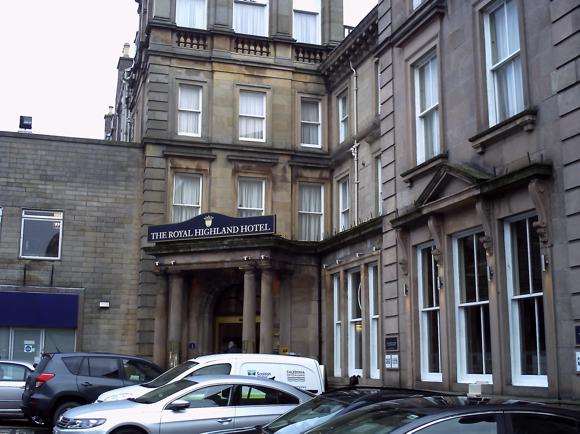

Destination for whisky trailers, walkers and Nessie hunters, Inverness is well served for hotels and B&Bs. Explore Inverness has a database of local hotels.
The classic railway hotel from the Victorian era, the Royal Highland has notched nearly 170 years of service and remains independent to this day. Attractive online deals allow you to gawp at grand interior first-hand.
Kenneth Street and Greig Street, a short walk across the river from the city centre, contain several accommodation options, including the family-run Mardon, overseen by James and Angela since 2014 with its own private car park.




Running along the riverside, Ness Bank is where the Glen Mhor group has sited its quality hotel and apartments in buildings dating back to the Victorian era.
Patronised as much for its popular sports bar as for its 14 en-suite rooms and traditional Scottish food, the Chieftain also provides free parking.
In the Wetherspoon group, the King’s Highway is another recommendable hotel and pub, with 27 rooms, a full menu, craft beers and foreign lagers. The long-established Corriegarth has six en-suite rooms to complement its ales and speciality dishes.
For a superior stay in a chain hotel, the local pentahotel has seen a design overhaul by Bolzano-born architect Matteo Thun.



